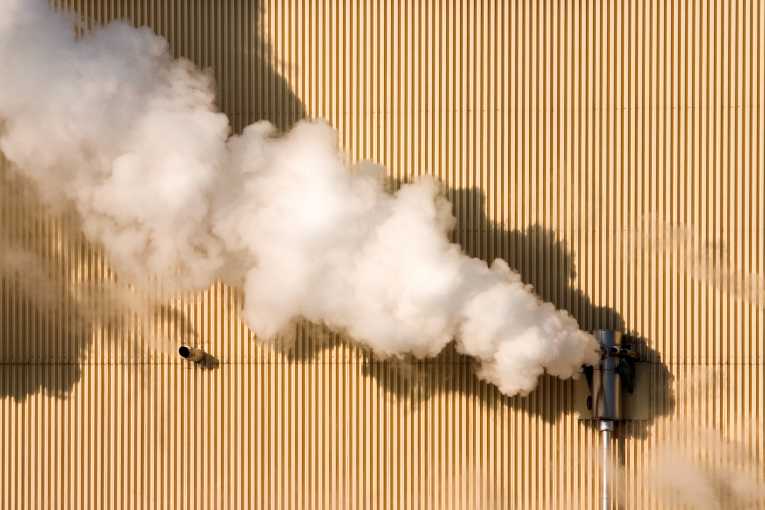You would think that one of the most obvious no-no's from 'Urban Planning 101' would be that schools and polluting industrial plants just don't mix. But a study out today - published as part of the journal Health Affairs focus on child health and pollution - reveals that a shocking two-thirds of Michigan schools are located within the worst polluted zones in the state. That appears to be detrimental to both the performance and health of the children being taught in those areas.
Michigan has always been a motor-house of the US manufacturing economy, and has still has more than its fair of big industrial concerns. Plants that are producing motor vehicles, steel, chemicals, rubber and plastics - not to mention lumber and wood products - are packed into the southern half of the state's Lower Peninsula. These also pump out chemicals such as diisocyanates, sulfuric acid, nickel, chlorine, trimethylbenzene, hydrochloric acid, molybdenum trioxide, lead and glycol ethers.
According to the survey by University of Michigan researchers - led by Paul Mohai and Byoung-Suk Kweon - an amazingly 62.5% of schools have been built in the worst 10% of pollution black-spots - possibly because land is cheaper there. That result jumped out at the team when they overlaid 3,600 school locations with industrial air pollution maps, gotten from the EPA's Risk-Screening Environmental Indicator database.
In order to see whether the children were being affected by such close proximity to environmental pollutants, the schools were assessed for health and performance. Attendance rates were considered to be a good proxy for health, and standardized test results for math and English were used for indicating the level of performance. The team found that pollution did indeed appear to weigh heavily on the health and performance of students.
That burden also appears to be carried more by students from the black and Hispanic communities - with over 80% percent of African American children and 62% percent of Hispanic children attending the most heavily polluted schools. That compares to only 44% of white children. The authors say that all of this goes to reinforce the need for the children's vulnerability to pollution to be squarely faced up to - and dealt with.
''Our findings underscore the need to expand the concept of environmental justice to include children as a vulnerable population. Moreover, our findings show that children of color are disproportionately at risk,'' the authors said in the paper. ''There is a need for proactive school policies that will protect children from exposure to unhealthy levels of air pollution and other environmental hazards.''
That means a thorough environmental assessment of possible school sites, the enforcing of minimum distances from polluting sites, and ensuring that exposure to pollution is slashed for children already stuck in polluted schools.










